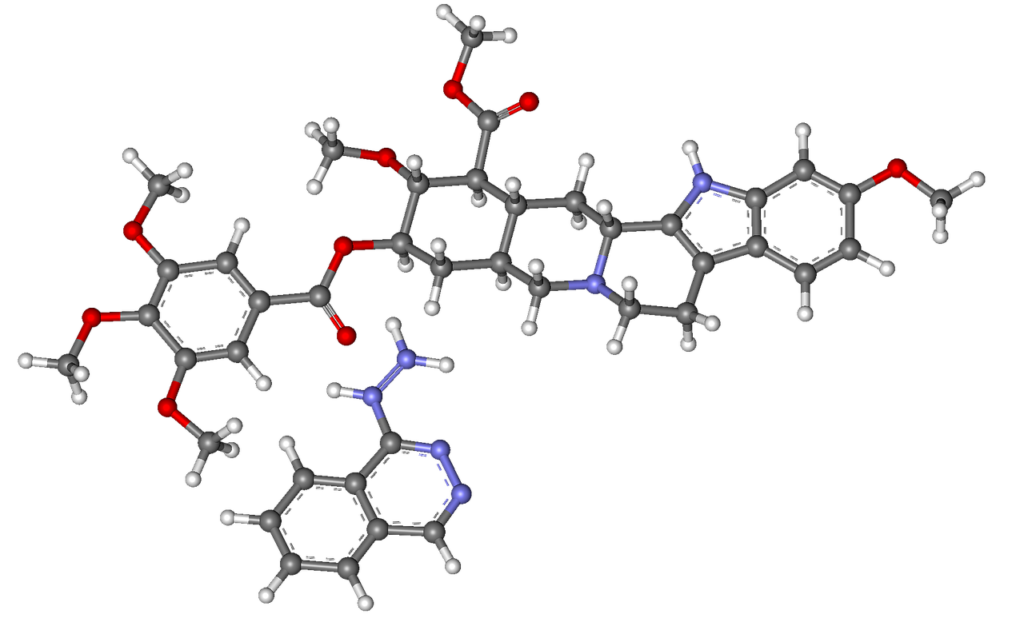Homonuclear diatomic molecules are molecules composed of two identical atoms bonded together, such as hydrogen (H2), oxygen (O2), and nitrogen (N2). These molecules play central roles in nature and display bonding characteristics. These molecules exploring concepts like covalent bonding, molecular orbital theory, and bond order.

Hydrogen Molecule (H2)
Hydrogen is the simplest element, consisting of one proton and one electron. In a hydrogen molecule (H2), two hydrogen atoms share their electrons through a single covalent bond. The bond is formed by the overlap of the 1s atomic orbitals of each hydrogen atom.
According to molecular orbital theory, the 1s orbitals combine to form two molecular orbitals:
A bonding orbital (σ1s) with lower energy.
An antibonding orbital (σ1s) with higher energy.
In H2, both electrons occupy the bonding orbital, resulting in a bond order of 1:
Bond Order=Number of bonding electrons – Number of antibonding electrons
————————————————————————
2
= 2- 0
——– = 1
2
This single bond is responsible for the molecule’s stability and low reactivity under normal conditions.

Bond in Some Homonuclear Diatomic Molecules
Oxygen Molecule (O2)
Oxygen is vital for life, and its molecular form (O2) show a unique bonding structure. Each oxygen atom has six valence electrons, resulting in a total of 12 valence electrons for O2.
The molecular orbital configuration for O2 is:
σ2s,σ2s∗,σ2pz,π2px = π2py,π2px∗ = π2py∗
The bonding and antibonding orbitals are partially filled, leading to a bond order of 2:
Bond Order = 8−4 / 2 = 2
This indicates a double bond between the oxygen atoms.
O2 has unpaired electrons in its π∗ orbitals, making it paramagnetic. This property is experimentally confirmed by its attraction to a magnetic field, which molecular orbital theory predicts accurately.
Nitrogen Molecule (N2)
Nitrogen gas (N2) makes up approximately 78% of Earth’s atmosphere and is known for its exceptional stability. Each nitrogen atom has five valence electrons, leading to a total of 10 valence electrons in the molecule.

The molecular orbital configuration for N2 is:
σ2s,σ2s∗,σ2pz,π2px = π2py,π2px∗ = π2py∗
All bonding orbitals are fully occupied, while the antibonding orbitals remain empty. The bond order is 3:
Bond Order=10−4 / 2 = 3
This triple bond makes N2 highly stable and inert under normal conditions. The strong triple bond also contributes to the high energy required to break N2 molecules during chemical reactions.
Halogen Molecules (e.g., Cl2, F2)
Halogens like chlorine (Cl2) and fluorine (F2) form homonuclear diatomic molecules with a single bond. Each atom contributes one electron to form a covalent bond. For example, in Cl2:
Each chlorine atom has seven valence electrons.
The bond order is 1, as only a single bond forms.